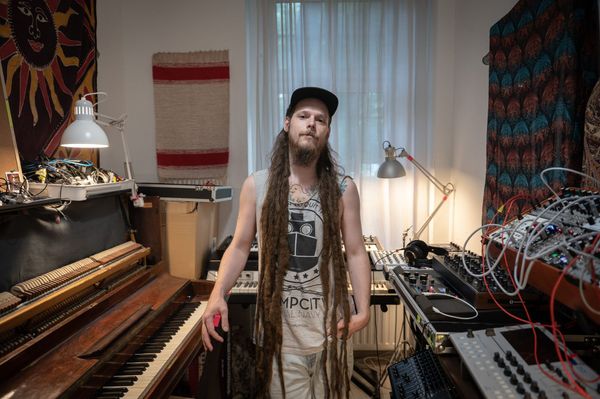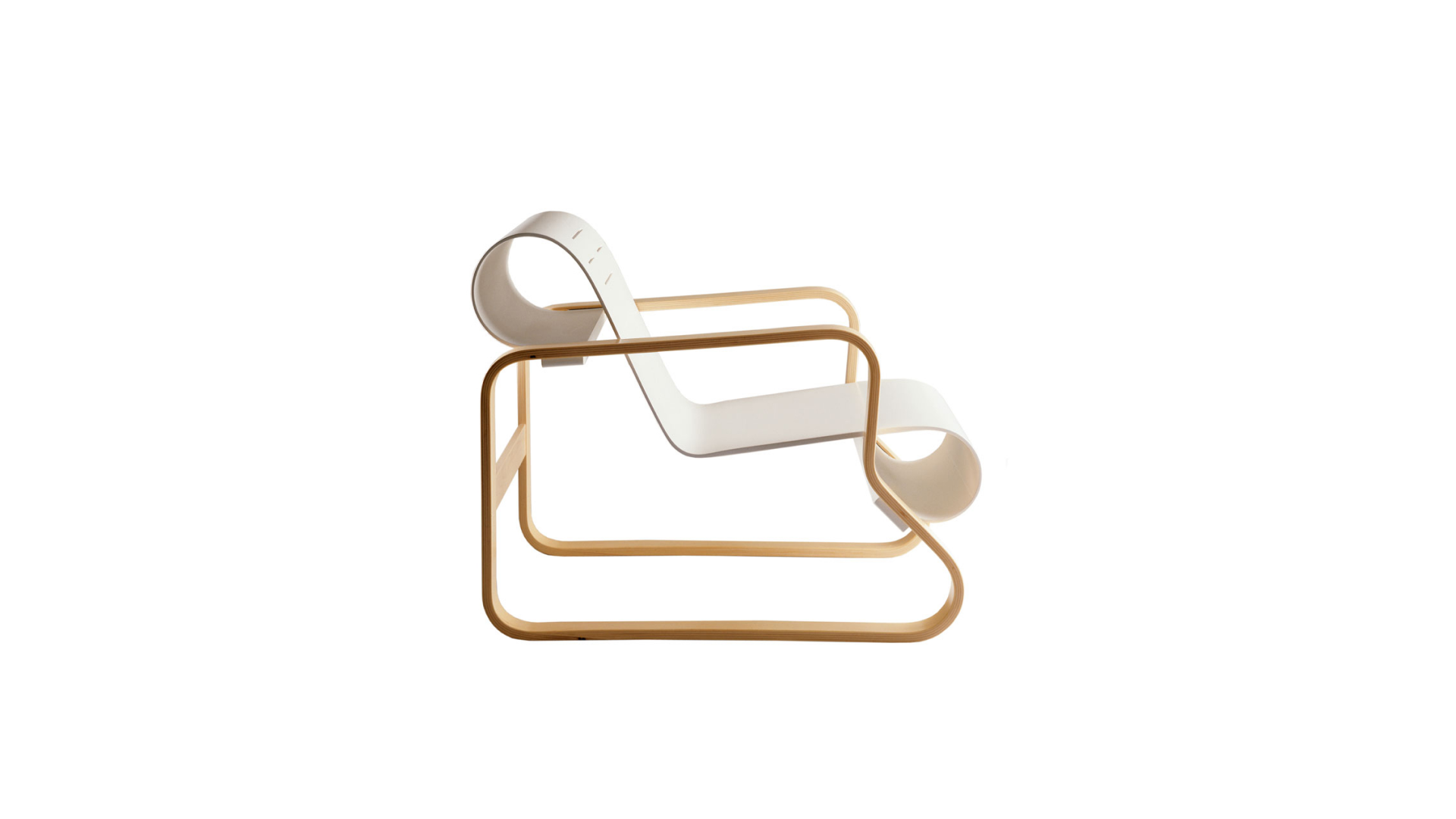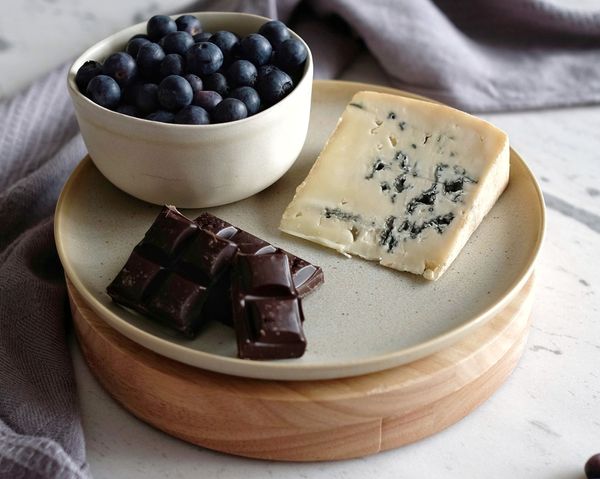Which Estonian company was the first to use plywood to produce public furniture? And what do Alvar Aalto and Marcell Breuer have in common? You can find out from the Plydesign article.
The history of plywood dates back to the 19th century. In the heyday of mass production, easy-to-shape materials were sought, such as cast iron or later steel pipe—plywood also fit into this line. Initially, it was primarily considered a cheap wood substitute, people could not work with it with the machines back then, so they did not have the opportunity to discover its potential, which also allows the development of stable, self-supporting structures.
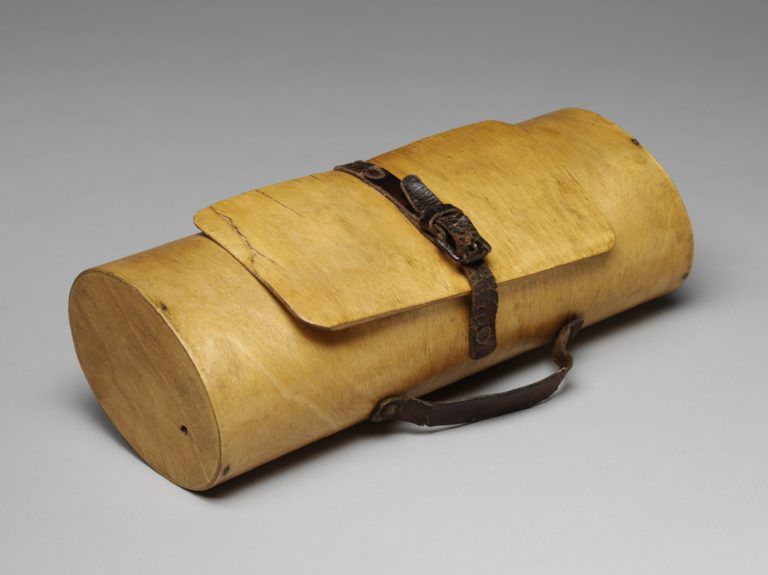
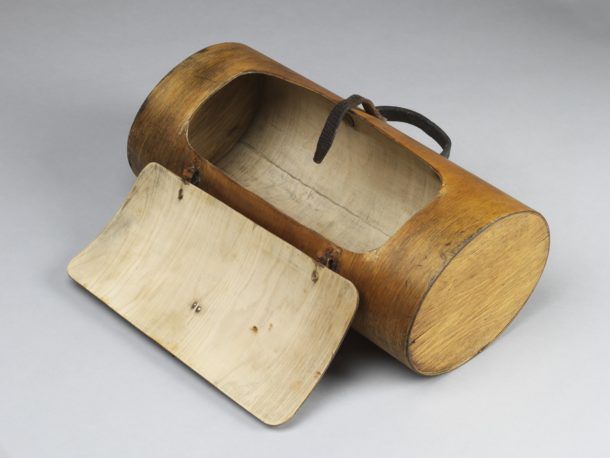

In the 1880s and 1900s, the Austrian Thonet experimented with plywood: however, these chairs were not actually made of plywood, but of bent board glued along their longitudinal side. At the end of the 19th century, the Estonian Lutherma was the first enterprise to use this material to produce public goods. In its rich portfolio, Lutherma offered not only furniture, but also suitcases, hat boxes, handbags, lunch barrels and botanical boxes (vasculum) for the safe transport of plants.
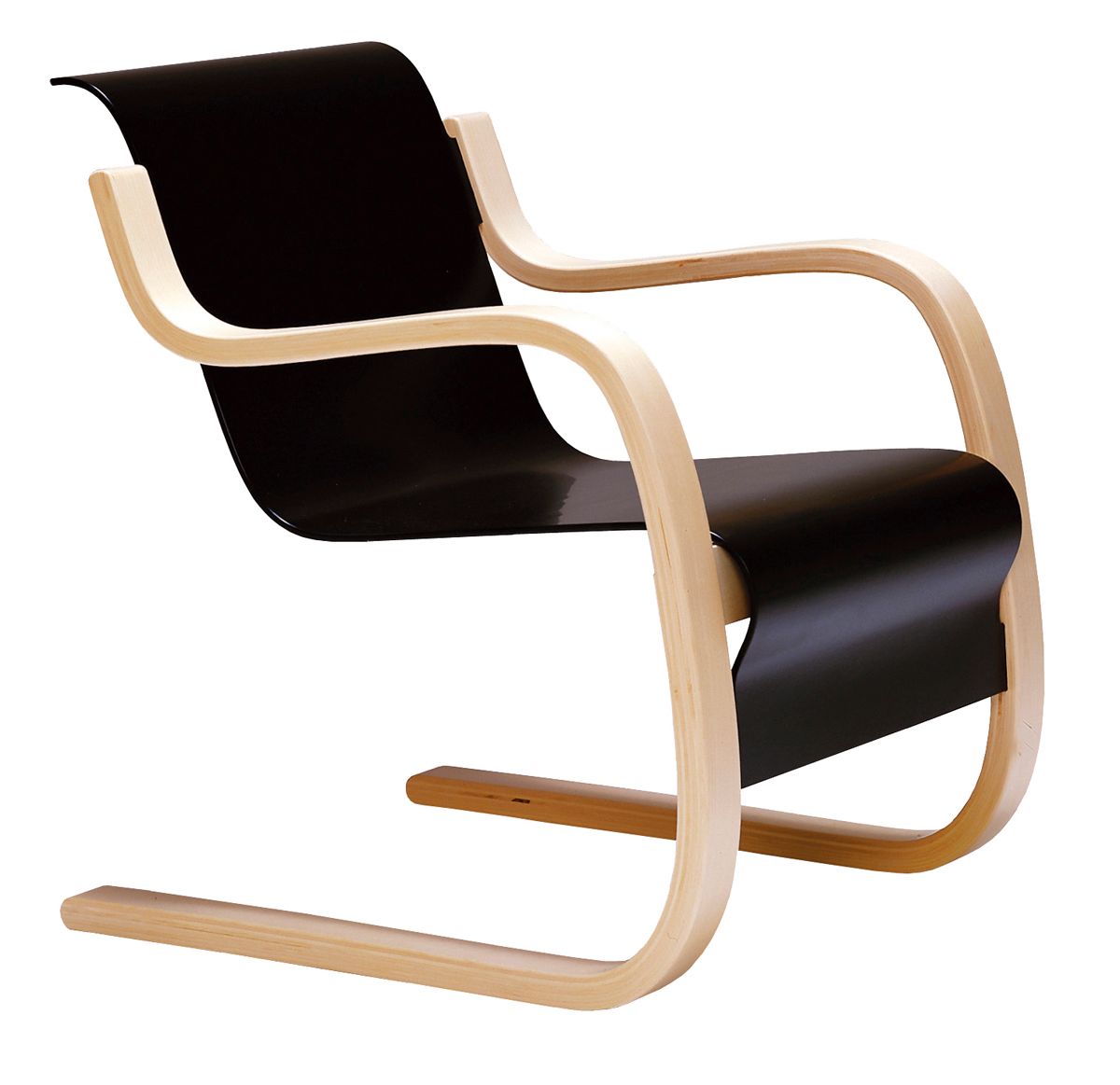

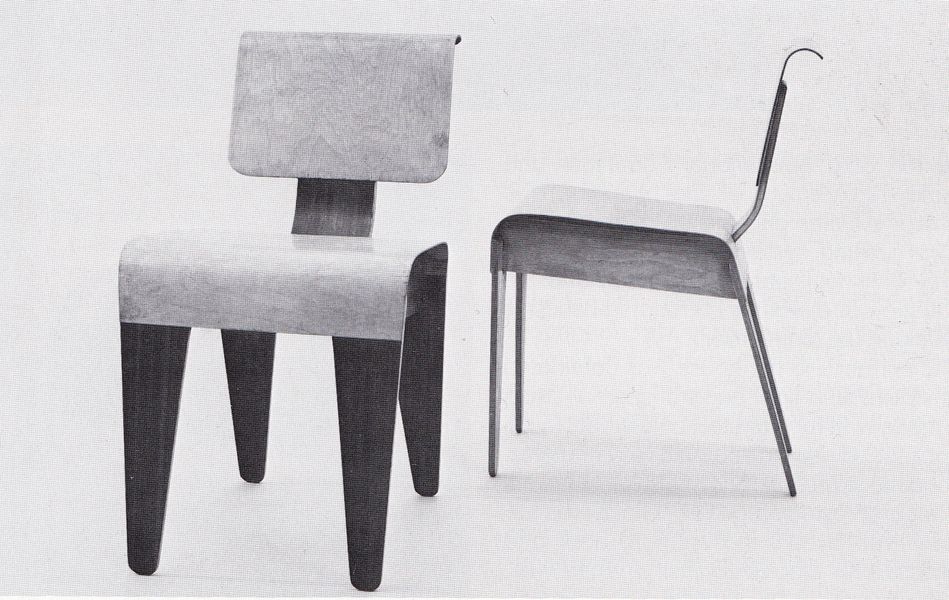
Finnish Alvar Aalto (1898-1976) and Hungarian Marcell Breuer (1902-1981) were the noted and well-known designers in today’s sense, looking for the right answer to the challenges of the given age with the help of plywood: they were looking for such material and technology, which can be used economically in series production, it can achieve a stable structure, but thanks to the wood we still get a human, natural object as a result. This initial, modern period is a major step forward in the development of plywood—because of a constraint due to a shortage of raw materials, plywood was used for functions that were not even thought of before it proved suitable.
What other factors played a role in the epoch-making breakthrough of pressure-treated plywood? It will be revealed in the next part of the series!
Source of photos:
Photo 1 and 2: Small bag, probably for collecting handbags or plants, manufacturer: Luterma (formerly A. M. Luther) birch plywood, Estonia, circa 1930. © Victoria and Albert Museum, London; Source: https://www.vam.ac.uk/blog/news/luterma-plywood-bags
Photo 3: Suitcase, originally owned by P. Morton Shand, Architectural Review, manufactured by Lutherma (formerly A.M. Luther), distributed by Venesta, birch plywood, Estonia, circa 1930. Museum no. W.12-2016. Donation from the Shand family. © Victoria and Albert Museum, London; Source: https://www.vam.ac.uk/blog/news/luterma-plywood-bags
Photo 4: Alvar Aalto, Armchair 42, 1932, Source: http://www.artek.fi/
Photo 5: Alvar Aalto, Armchair 41 “Paimio”, 1932, Source: http://www.artek.fi/
Photo 6: Marcel Breuer, Final version of the stackable chair, Source: Wilk, Christopher: Marcel Breuer. Furniture and Interiors. The Architectural Press, London, 1981.
Photo 7: Initial version of Marcel Breuer’s armchair, Source: Source: Wilk, Christopher: Marcel Breuer. Furniture and Interiors. The Architectural Press, London, 1981.
Plydesign | Web | Facebook | Instagram
In our bi-weekly series, we share some interesting facts about the past, present and future of plywood in the PLY DESIGN HOUSE 2021 open call. Application deadline: July 31, 2021. Check the official website of Plydesign for more information!
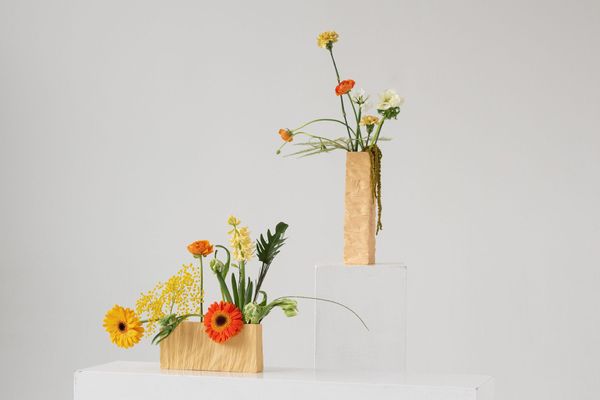
Communicating with objects—interview with ceramic designer Anett Sáfrán
